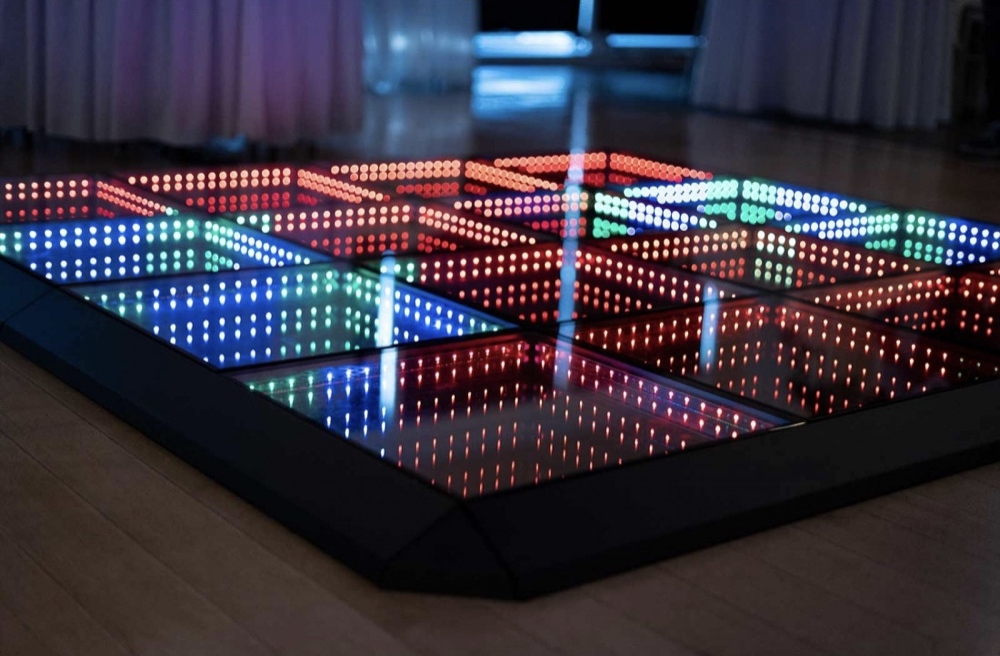One of the most common substances used in contemporary dance floors is LED lighting. LED lamps are power-saving and can generate a broad variety of colors and effects. They can be embedded in the floor directly or used as part of a illumination setup above the dance floor. This technology allows for coordinated light displays that can alter in response to the melodies, creating an immersive experience. The capability to configure these lamps means that they can be tailored to fit different themes or atmospheres, making each event distinct.

Another important material is reflective materials, such as mirrors or shiny tiles. These surfaces can create an illusion of space and dimension, making the dance floor seem larger than it is. When performers dance, their images can add an extra layer of aesthetic interest, enhancing the complete performance. Additionally, mirror-like materials can engage with illumination effects, amplifying the hues and patterns displayed on the floor. This fusion of illumination and mirroring can enthrall spectators and elevate the vitality of the event.
In furthermore to lighting and mirror-like materials, the use of electronic screens has become progressively common in dance floor creation. These screens can display vibrant images, graphics, or even real-time feeds of the performance. By incorporating electronic technology, occasion planners can create a multi-sensory encounter that engages both the dancers and the spectators. The ability to change images in real-time allows for a dynamic atmosphere that can adjust to the rhythm and energy of the melodies, making each moment feel fresh and exciting.
Additionally, the selection of surface substance itself plays a crucial role in the complete experience. Traditional wooden dance floors are still preferred for their strength and performance qualities. However, more modern substances like vinyl and rubber are gaining favor due to their versatility and ease of care. These substances can provide better impact absorption, minimizing the risk of injury for dancers. Additionally, they can be crafted with multiple textures and hues, allowing for creative representation in the dance floor's appearance.
In conclusion, the transformation of dance floors into stunning aesthetic encounters relies on a mix of innovative materials and techniques. Light-emitting diode illumination, mirror-like materials, electronic screens, and customized flooring substances all add to creating an captivating environment for dancers and audiences. As innovation continues to progress, the possibilities for improving dance floor design will only grow, making future events even more captivating and memorable. Understanding these materials helps value the artistry involved in dance floor wraps for holiday celebrations creating environments where dance and music come together harmoniously in unison.